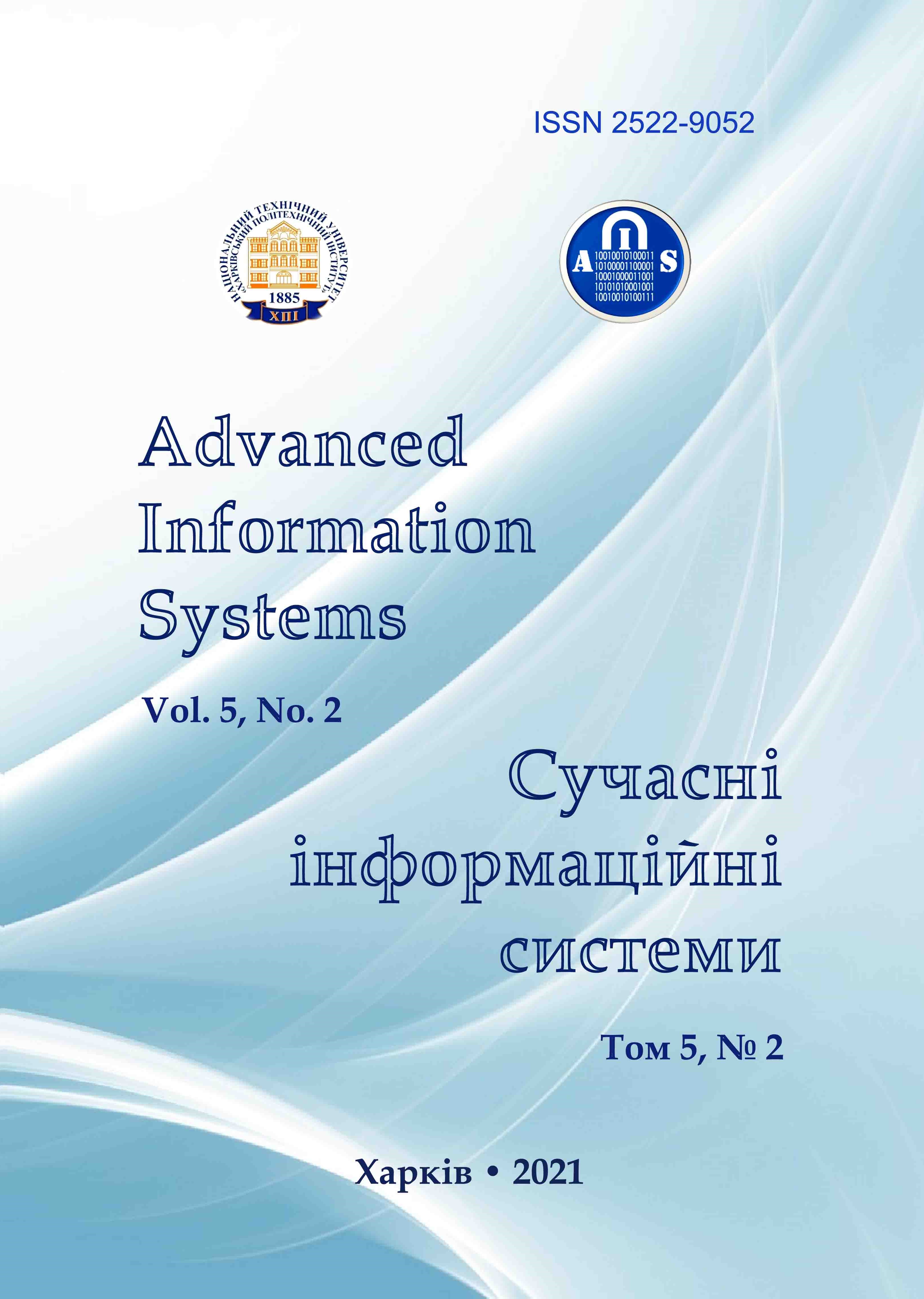EXPERIMENTAL DETERMINATION OF THE LEVEL OF INCIPIENT TURBULENCE IN THE WORKING PART OF THE T-1 WIND TUNNEL OF IVAN KOZHEDUB KHARKIV NATIONAL AIR FORCE UNIVERSITY
Main Article Content
Abstract
The subject of the article is to determine the level of incipient turbulence in the wind tunnel T-1 which is based on the method of measuring the pressure drop. The purpose is to experimentally determine the level of incipient turbulence in the working part of wind tunnel T-1 of Ivan Kozhedub Kharkiv National Air Force University in preparation for aerodynamic testing of aircraft models. Research methods: the method of pressure drop on the surface of the sphere by drainage. The following results of experimental determination of the level of incipient turbulence in the wind tunnel T-1 were obtained. It is established that the wind tunnel T-1 has a level of incipient turbulence 0,5…0,9 %, which corresponds to the normal condition for further experimental studies. Conclusions. According to the results of studies of the incipient turbulence in the wind tunnel T-1 by the method of pressure drop, the main dependences are obtained, and the incipient turbulence of the flow for the wooden sphere x = 0,9 %, and for the metal sphere x = 0,5 %, is determined. Determining the pressure distribution and aerodynamic drag does not involve measures to balance the aerodynamic scales and their certification, which determines the necessary role in the obtained reliable results of the experimental study, and this favors the drainage method.
Article Details
References
Krasnov, N. F., Koshevoy, V. N., Danilov, A. N., Zakharchenko, V. F., Borovsky, E. E. and Khlupnov, A. I. (1974), Applied aerodynamics, Higher school, Moscow, 732 p.
Martynov, A. K. (1958), Experimental aerodynamics, State publishing house of the defense industry, Moscow, 348 p.
Chmovzh, V. V., Surgailo, M. L. and Solyanik P. N. (2006), Experimental aerodynamics, NAU "KhAI", Kharkiv, 105 p.
Lyubimov, A. N., Tyumnev, N. M. and Hoot G. I. (1995), Methods of research of gas flows and determination of aerodynamic characteristics of axisymmetric bodies, Nauka, Moscow, 397 p.
Gorshenin, D. S., Martynov, A. K. (1977), Methods and tasks of practical aerodynamics, Mashinostroenie, Moscow, 240 p.
Anipko, O. B., Gazaev, V. V., Dzhimiev, A. R., Spirkin, E. V., Ukrainets, Ye. O. and Shabrat, I. I. (2009), “Experimental determination of the values of the perfection criteria for the T-1 wind tunnel of the Kharkov Air Force University”, Aerohydrodynamics and Aeroacoustics: Problems and Prospects, NAU "KhAI", Kharkiv, No. 3, pp. 28-32.
Ukrainets, Ye. O., Glushchenko, P. А. and Spirkin, E. V (2018), “Determination of values of criteria of perfection of an aerodynamic pipe at technical preparation of an aerodynamic experiment”, Weapons systems and military equipment, No. 3 (55), pp. 100-107, DOI: https://doi.org/10.30748/soivt.2018.55.14.
Dubov, B. S., Radzig, A. N., Semenchikov, N. V. and Yakovlevsky, O. V. (2004), Certification support of aerodynamic tests, textbook. Manual, MAI, Moscow, 84 p.
Radzig, A. N. and Semenchikov, N. V. (1992), Model experiment in wind tunnels, MAI, Moscow, 65 p.
Marqués, P. and Da Ronch, A. (2017), Advanced Uav Aerodynamics, Flight Stability and Control: Novel Concepts, Theory and Applications, John Wiley & Sons: Southport, UK.
Discetti, S., and Ianiro, A. (2017), Experimental Aerodynamics, CRC Press, Boca Raton, 468 p.
Dryden, H. L. and Kuethe, A. M. (1923), Effect of turbulence in wind-tunnel measurements, NACA Report, No. 342, 32 p.
Tropea, C., Yarin A.L. and Foss, J.F. (2007), Springer Handbook of Experimental Fluid Mechanics, Springer, Berlin, 1569 p.
